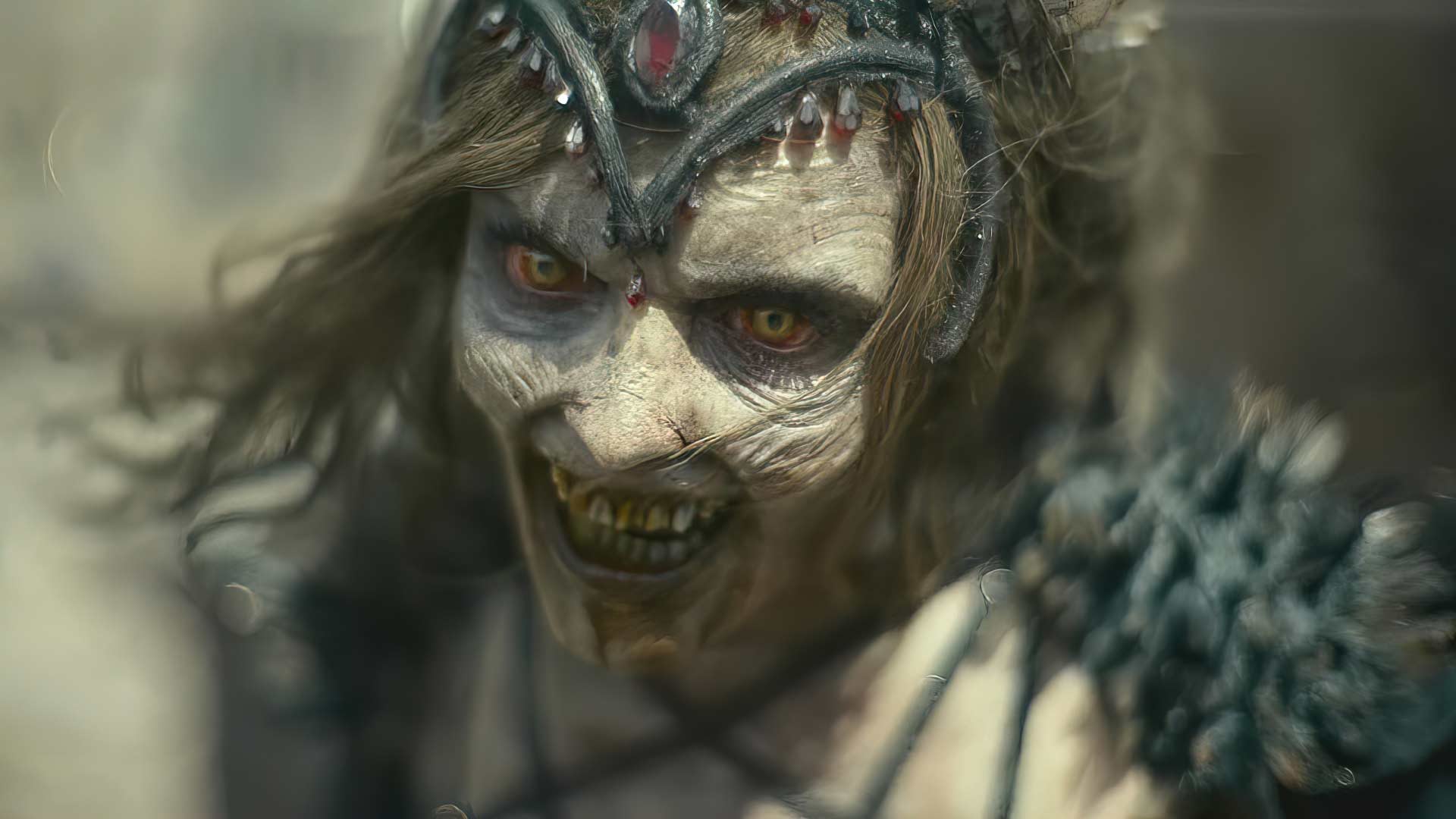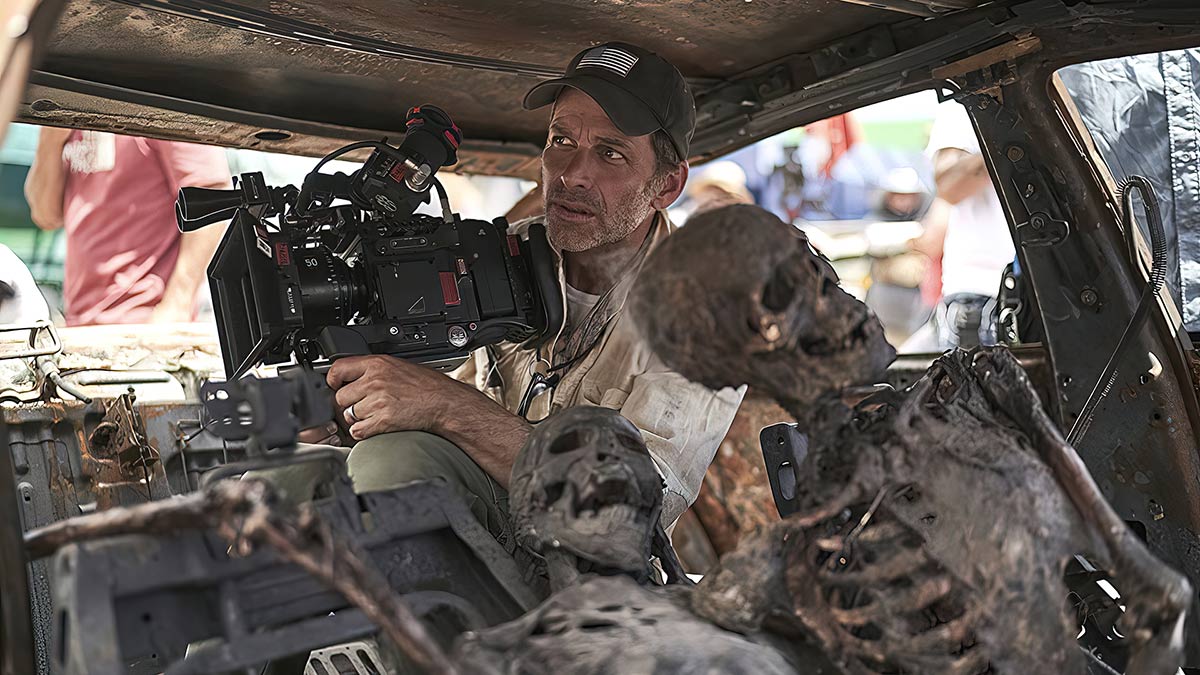
Replay: Imagine you're a focus puller who finds yourself focus pulling on a feature using a large sensor camera with a sub f/1 lens. And then you wake up and find that the nightmare is real.
It’s more or less received knowledge that very big chips are better. It’s also more or less received knowledge that very fast lenses are better, with perhaps the most raucous adulation reserved for lenses faster than f/1.0. Remember Barry Lyndon*, they say. Remember the candlelit night interiors. On film!
The natural conclusion of this drive results in something like Army of the Dead, a film apparently scripted by the zombies it stars and shot on the RED Monstro (full frame!) and, apparently, lenses based on the classic Canon 50mm f/0.95 (fast as anything). A match made in heaven, at least if heaven is a sort of vaguely-defined fog of light that occupies the space behind, in front of, and occasionally intersecting whatever the subject of the shot is supposed to be. We’d have sought an interview with the focus puller, except that the focus puller is currently rocking back and forth in a padded cell, mumbling incoherently about the horror.
It’s hard to know which is the more terrifying prospect: less than f/1 on a handheld Monstro, or a Vegas-wide shambling army of the undead, especially if the zombie outbreak happened to occur during NAB. Grr. Argh. Bo-keh.
Is it really that bad?
In all honesty, it’s not as bad as some of the more hyperbolic reviews have claimed. Moments in Joker looked similar, although there’s something about the way focus falls off on that 50mm Canon that is extremely seventies in a way that Joker wasn’t, despite the latter production’s late-twentieth-century ambitions. In Army of the Dead, things which are on the edge of falling out of focus - which is often most of the frame - start to look diffused before they look soft, which is an object lesson in why most lenses don’t go below f-one-point-something.

Zack Snyder taking control while the focus puller goes and takes some meds. Image: CLAY ENOS/NETFLIX/CLAY ENOS/NETFLIX - © 2021 Netflix, Inc.
The appropriateness of the results are all a huge matter of opinion, of course, but that sort of diffused fuzz is why the end stops on the iris ring are where they are. Many lenses would open up that wide if you took the end stops out; the question is whether you like what you then get.
The whole thing ends up looking rather like a commercial for a cosmetic preparation called Rotted in the Nevada Sun – the sort of glitzy festival of glow and aberration that high-end lens companies like to put in the brochure. The big ring flares are probably as distracting as the focus, though to be fair they only happen when there’s a photon anywhere within the same galaxy as the camera. In the end there’s certainly a gloss to it, which is occasionally leveraged to show a character’s disorientation. Still, the majority opinion seems to be that what’s figurative and expressive for a thirty-second commercial is slightly migrane-inducing for a two-and-a-half-hour movie. It’s a bit much, maybe, but it’s fine.
Restrain yourselves
Let’s take the opportunity, though, to propose a little restraint. If you want, you can now get yourself a Fujifilm GFX100 with a sensor you could use to roof a barn, mount the GF 80mm f/1.7 lens, and have the focus puller ask not just which eye you want in focus, but which eyelash is most crucial to the story. We now have all the depth of field control we could possibly want, and more besides. Perverse as filmmakers sometimes are, it’s perhaps time to expect everyone to break out the split dioptres, leverage the high sensitivity of modern cameras and the low power consumption of LED lighting, and start shooting stuff that looks like Citizen Kane.
* Phil does not like Barry Lyndon, which is about as close to sacrilege as you can get in cinematography. He makes no apology for this.
Tags: Production Studio & Broadcast


Comments